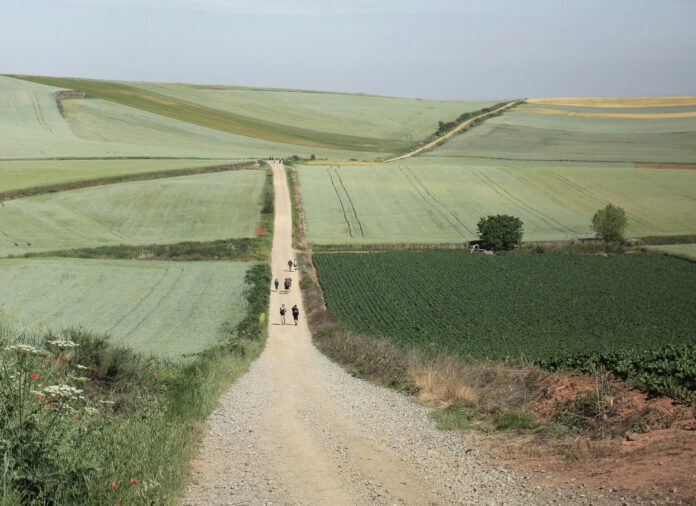Embarking on the Camino de Santiago is not just a trip—it’s a journey of the soul and body that has attracted pilgrims and adventure-seekers for centuries. Located in Spain, this network of ancient pilgrim routes leads to the shrine of the apostle Saint James the Great in the cathedral of Santiago de Compostela in Galicia. This journey is as much about the path you walk as the destination you reach.
The most popular route, the Camino Francés, stretches about 780 km from St. Jean Pied de Port in France to Santiago de Compostela in Spain. However, there are various paths, each with its own unique scenery and charm. As you walk through picturesque villages, lush forests, and rolling hills, you’re not just traversing across Spain but also through history.
What makes the Camino de Santiago so special is its blend of physical challenge and spiritual enrichment. Many embark on this journey for reflection, healing, or a sense of achievement. Along the way, camaraderie forms among the pilgrims, creating a sense of community bound by shared experience.
Each step on the Camino is a step towards self-discovery. The journey allows you to disconnect from the daily grind and reconnect with nature and spirituality. Whether you’re seeking solace, adventure, or personal growth, the Camino offers a unique experience that resonates deeply with all who walk its path.
By the time you reach Santiago, with the cathedral’s spires in sight, you realize the journey has transformed you. The Camino de Santiago is more than a pilgrimage; it’s a life-changing adventure, a testament to the power of walking, and a journey that stays with you long after your feet have stopped moving.

